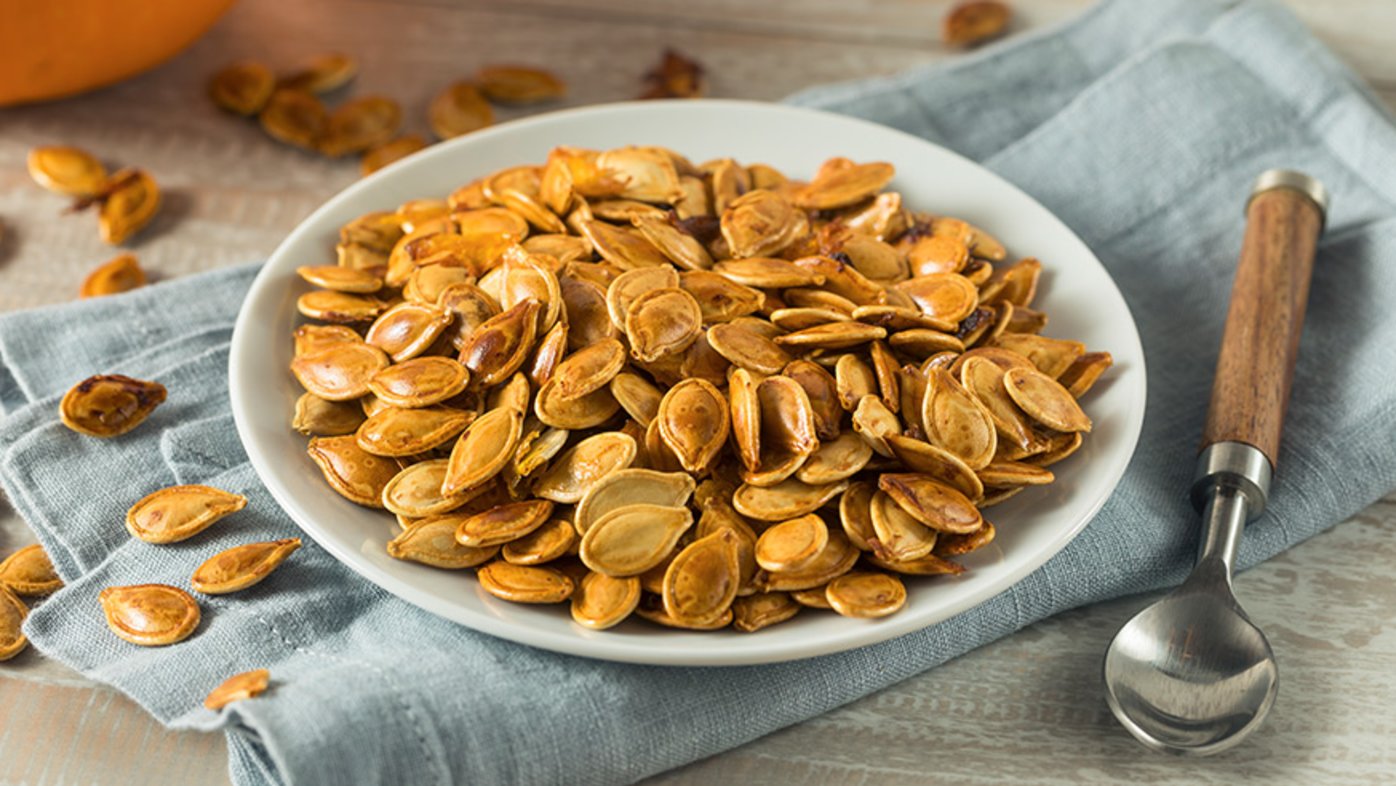
Health benefits of pumpkin seeds
Pumpkin seeds are loaded with the nutrients our bodies need.
Running is one of the most straightforward ways to reap the benefits of exercise. Whether you are considering running a race or just want to run a lap around the park, starting a running routine is easier than you think. And the physical and mental health benefits make it all the more worthwhile.
Stewart Sanders, a doctor of physical therapy and the director of Sharp Rees-Stealy’s Running Clinic, shares five key benefits of running.
It’s cost friendly. Running does not require much equipment — all you need is a quality pair of athletic shoes to begin. There is no membership needed and you can run anywhere and anytime.
It builds self-esteem. Running can help build self-esteem and improve camaraderie with friends and family members. Having running partners can make running more enjoyable and keep you accountable as you work toward your fitness goals.
It helps extend your life. Regular runners have a 25% to 30% lower rate of all-cause mortality, or death from any cause, compared to nonrunners.
It burns calories. Running burns calories and can help you lose weight. You can burn up to 100 calories per mile and increase your metabolism. Running about 300 minutes per week, or approximately 1 hour a day, along with a good diet, can help keep your weight down, profoundly improve your quality of life and decrease your risk of disability later in life.
It improves cognitive function. Running can improve cognitive function and reduce the risk of neurological disease. Running improves brain health by stimulating the release of proteins and growth factors. These encourage the growth — and survival — of neurons in the brain. High fitness levels can also improve your brain volume and protect against brain plaques linked to cognitive decline and Alzheimer's disease.
Getting started
Running just five to 10 minutes per day at a moderate pace can help reduce your risk of heart disease, decrease your risk of developing certain cancers, and reduce your risk of death from heart attack or stroke. “And running 30 minutes, four to five days per week, can help maximize long-term benefits,” says Sanders.
As your running miles increase, be sure to mix in cross-training days to prevent overuse injury and maintain strength and flexibility. A safe rate of progression for most activities is about 10% per week.
Cross-training can also help increase your flexibility and strength, reduce your risk of injury and assist with injury recovery without compromising your fitness level. “You should consider swimming, cycling or strength training one to two times per week to complement your running activities,” adds Sanders.
“Running could be a valuable part of your healthy lifestyle,” Sanders says. “Even at modest levels, your overall quality of life can be improved. All you need to do is take the first step and enjoy your journey to better health.”
Ready to start a running routine? Therapists at Sharp Rees-Stealy's Running Clinic offer a detailed examination to determine what factors may be related to real or potential injury, recommend any necessary medical treatment, and prevent or reduce reinjury. The clinic is open to Sharp Rees-Stealy patients with medical insurance. Contact your doctor in advance to request a referral.
Our weekly email brings you the latest health tips, recipes and stories.